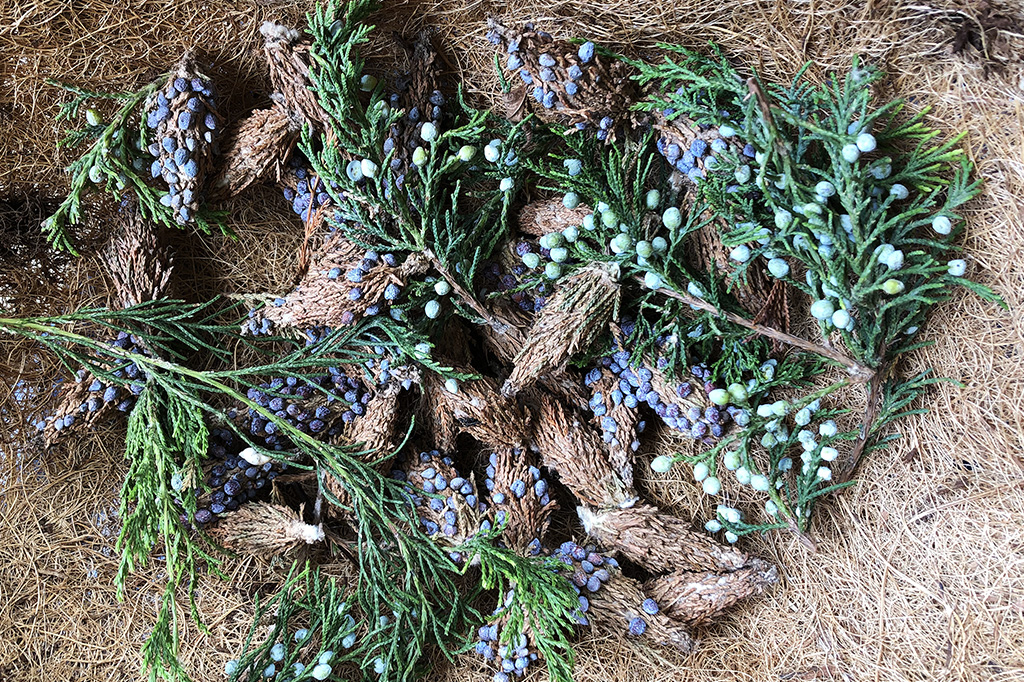Bald cypress trees are prized for their attractive shape and soft, feathery foliage. However, various pests can affect the health and appearance of these trees, including worms. Seeing worms munching away on the leaves or building nests in your bald cypress is concerning. Taking steps to control and remove the worms will help protect your tree.
Common Bald Cypress Tree Worms
Several types of worm pests may be encountered on bald cypress trees:
- Bagworms – larvae web sacks covered in plant material that they feed from
- Tent caterpillars – build large silken nests on branches and feed in groups
- Gypsy moth caterpillars – hairy larvae that feed singly and can completely defoliate trees
- Fall webworms – nest in silken webs at branch ends, causing dieback
- Sawfly larvae – look like caterpillars but have more prolegs; feed in groups
Carefully inspect your tree to identify which type of worm is causing damage so you can best remove it. Look for the worms themselves, their characteristic nests and webs, and resulting leaf damage.

Removing Worms from Bald Cypress Trees
Getting rid of worms on your bald cypress involves a combination of manual removal, insecticides, and prevention:
- Manually remove and destroy egg cases, nests, and webbing from branches. Prune out badly infested parts.
- Apply insecticidal soap, neem oil, or spinosad sprays to kill larvae while preserving beneficial insects.
- Use Bt (Bacillus thuringiensis) products which contain natural bacteria toxic to caterpillars but harmless to other life.
- For severe infestations, apply targeted insecticides containing carbaryl, cyfluthrin, or acephate. Use sparingly to protect pollinators.
- Maintain tree health with proper watering, fertilization, and pruning to withstand and recover from worm damage.
- Monitor weekly and treat at first signs of worms each season before they multiply.
With persistence and repeated treatments, you can eliminate bald cypress tree worms and avoid recurring issues. Combine chemical and non-chemical methods for the best control.
Preventing Future Worm Problems
Prevention is key to proactively protect your bald cypress from worm pests:
- Remove egg masses, caterpillars, nests, and webbing whenever noticed.
- Apply dormant oil spray before spring bud break to smother overwintering eggs.
- Use pheromone traps to capture male moths and disrupt mating cycles.
- Encourage natural predators like birds and beneficial insects that feed on worms. Avoid broad-spectrum insecticides.
- Keep trees healthy with proper care and promptly remove dead/dying branches where pests breed.
- Monitor weekly and treat any signs early before worms multiply.
- When practical, use worm-resistant bald cypress varieties.
With diligence, you can help safeguard your landscape from recurring worm issues. Protect your beautiful bald cypress tree and keep it worm-free for years to come.
What Do Bagworms Turn Into?
When you think of bagworms, you probably imagine the larvae, wingless creatures that live inside silken brown bags and emerge to feed. These caterpillars pupate inside their bags around August. Once fully grown, male bagworms emerge as adult moths. They have small, dark, hairy bodies and clear wings. The female adult bagworms are wingless and have no legs, eyes, or antennae. Their bodies are soft and lightly colored. The females most resemble a “bag worm” and simply wait for a male to come along and fertilize their eggs. Once he does, she lays between 300-1000 eggs in her old bag and dies.
Life-Cycle Of A Bagworm
The life cycle of a bagworm has four stages — the egg, larvae, pupal, and adult.
- Bagworm Eggs — The overwintered eggs (in the year-old female bags) begin to hatch in late April or early May.
- Bagworm Larvae — Young larvae (caterpillars) begin to feed and construct bags immediately. As the larvae grow, they add to the bag until it’s at its full size — around 2” long. They use the silk to fasten the bag to a tree step.
- Bagworm Pupal — In August, pupation occurs inside the bag.
- Bagworm Adult — In late August and September, the adult males emerge as bagworm moths and search for wingless females still inside their bags for mating. After mating, the female lays several hundred white eggs inside her old pupal case, drops from the bag, and dies.
How To Kill Bag Worms In Leyland Cypress Trees
FAQ
What is the treatment for tree worms?
What is the best way to get rid of bagworms?
What month do you treat bagworms?
How to save a tree from bagworms?
